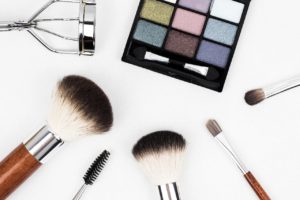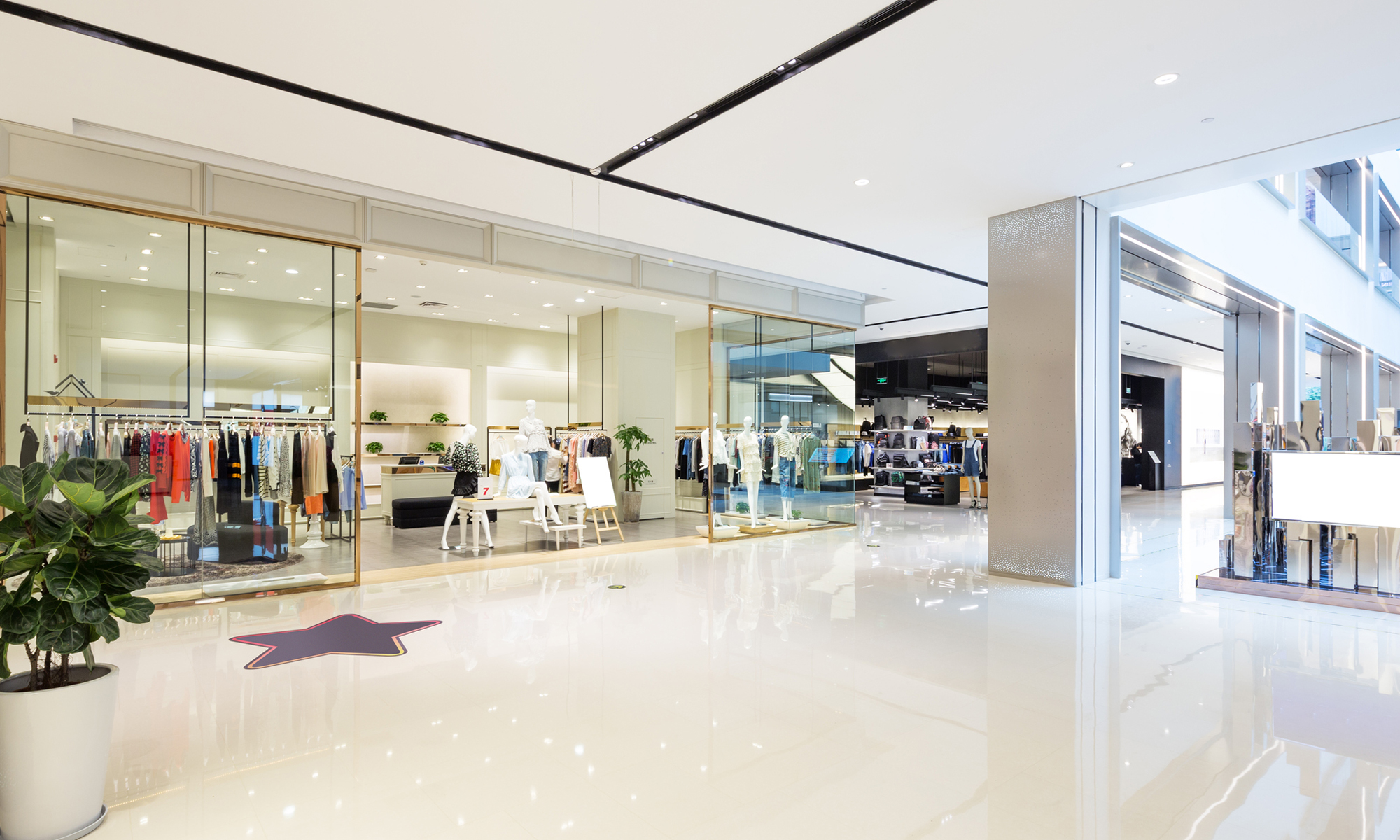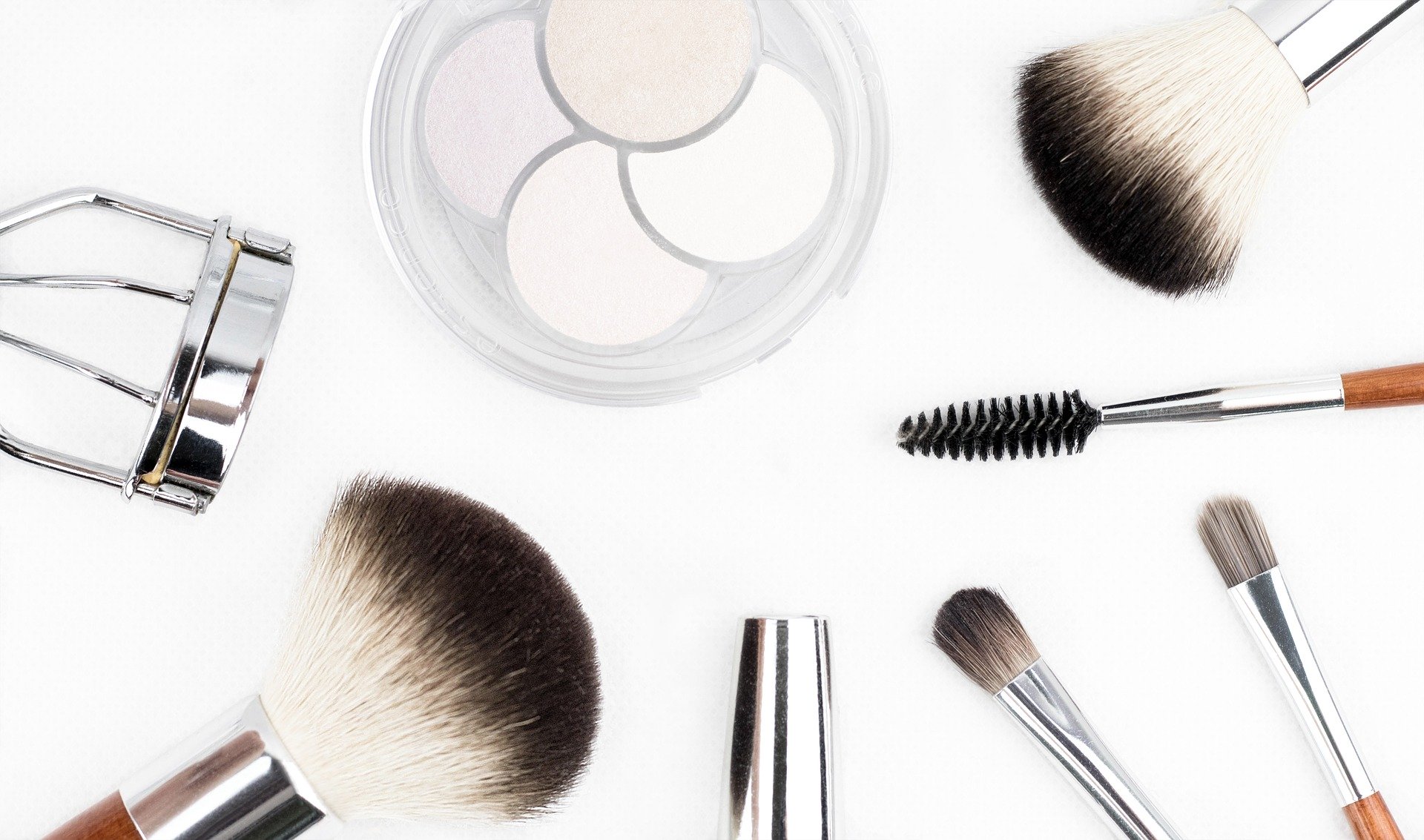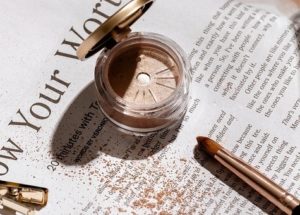Introduction
On March 2, 2023, Sephora filed its reply in support of its motion to dismiss proposed class action claims that its “Clean at Sephora” program was false and misleading, disputing allegations that a significant portion of relevant, reasonable consumers were or could be misled about what ‘Clean at Sephora’ means, and that the ingredients permitted by Sephora’s program were potentially harmful to humans.
means, and that the ingredients permitted by Sephora’s program were potentially harmful to humans.
Sephora’s reply (presumably) concludes preliminary briefing in what has become a closely-watched lawsuit in the beauty and wellness industry over the meaning of the term “clean beauty.”[1] Absent clear regulatory guidance from the FDA and the FTC, companies’ claims involving the terms “clean,” “natural,” “nontoxic,” or “organic” have been scrutinized in social media, and by an increasingly active and organized plaintiffs’ bar.
While it remains to be seen how the court will decide the “Clean at Sephora” case, companies should continue expect more litigation in this area, as what it means for beauty products to be clean, natural, nontoxic, or safe, remains the subject of intense debate.
Case Background
As explained in our previous publications (here, here, and here), the market for clean beauty is expected to reach an estimated $11.6 billion by 2027.[2] But absent clear regulatory guidance about what it means for beauty products to be “clean,” “natural,” “nontoxic,” or “safe, promoting products as “clean” can carry significant regulatory risks, and leaves the industry ripe for class action litigation.
Sephora launched its “Clean at Sephora” program in 2018.[3] To qualify for inclusion in the program, which spans across various product categories, products must be formulated without certain common cosmetic ingredients—such as parabens, sulfates SLS and SLES, phthalates, formaldehyde and more—that are linked to possible human health concerns.[4]
On November 22, 2023, Plaintiff Lindsay Finster filed a proposed class action lawsuit in the U.S. District Court for the Northern District of New York, alleging that products advertised as part of the “Clean at Sephora” program contain ingredients that are “inconsistent with how consumers understand” the term “clean.”[5]
According to plaintiff, consumers understand the definition of “clean” beauty to mean the dictionary’s definition of “clean”: “free from impurities, or unnecessary and harmful components, and pure.”[6] Thus, to be considered “clean” in the context of beauty, plaintiff alleged that products should be “made without synthetic chemicals and ingredients that could harm the body, skin or environment.”[7] But, as plaintiff contended, “a significant percentage of products with the ‘Clean at Sephora’ [seal] contain ingredients inconsistent with how consumers understand the term.”[8] Consequently, plaintiff alleged that the “Clean at Sephora” program “misleads consumers into believing that the products being sold are “natural,” and “not synthetic” and to paying a price premium based on this understanding.”[9]
Plaintiffs alleged potential class action violations of §§ 349 and 350 of New York’s General Business Law (“NY GBL”), as well as multi-state consumer protection statutes, and breach of express and implied warranty, the Magnuson Moss Warranty Act, fraud, and unjust enrichment claims.[10]
Sephora’s Motion to Dismiss
On February 2, 2023, Sephora moved to dismiss plaintiff’s complaint, arguing that “[i]t is not plausible that reasonable consumers are or could be confused by the ‘Clean at Sephora’ program” for several reasons.[11]
First, Sephora argued that plaintiff relied on unsupported and conclusory allegations about consumers understanding of the word “clean.”[12] While plaintiff argued that consumers understood the definition of “clean” beauty to mean the products made without synthetic chemicals and or potentially harmful ingredients, Sephora countered that plaintiff failed to plead any facts showing that a significant portion of relevant reasonable consumers could be misled by Sephora’s claims into believing that the “Clean at Sephora” program consisted of only natural products and ingredients.[13] As Sephora noted, words like “natural,” “organic,” and the like never appeared on the label or elsewhere.[14] Instead, plaintiff relied upon “on selectively quoted blog posts and webpages from small businesses, which not only lack reliability and authority but are presented without evidence that any significant number of consumers have even read them, let alone agreed with them.”[15]
Second, Sephora argued that plaintiff mischaracterized Sephora’s representations as being about the kinds of ingredients included in the program, rather than excluded.[16] Thus, plaintiff was attempting to turn “Clean at Sephora” into “Natural at Sephora”—claims that Sephora did not make.[17] On the contrary, Sephora’s marketing for the program focused on the exclusion of certain ingredients linked to potential human health outcomes.[18] Because Sephora made no representations about the products or ingredients included, it argued that it could not mislead consumers about the safety of included products or ingredients in the program.[19] Moreover, plaintiff failed to plausibly allege that any of the ingredients included in the program were potentially harmful, relying instead on a series of unattributed and unsubstantiated blog posts.”[20]
Finally, Sephora rejected plaintiff’s contention that it forced consumers to scrutinize product lists in contradiction of the Second Circuit’s 2018 decision in Mantikas v. Kellogg, which prohibits the use of ingredient lists on the side of packaging to clarify otherwise misleading presentations where plaintiff failed to identify any misleading conduct by Sephora.[21]
Sephora also rejected plaintiff’s efforts to seek relief under other unspecified consumer protection statutes, arguing that plaintiff failed to plead how the unspecified consumer protection statutes were similar to the NY GBL,[22] and disputed plaintiff’s breach of warranty, consumer fraud, and unjust enrichment claims as duplicative of plaintiff’s NY GBL claims, or otherwise contingent on the same erroneous premise—that the ‘Clean at Sephora’ label is misleading—and thus, equally deficient.[23]
In opposition to Sephora’s motion to dismiss, plaintiff reiterated that it was sufficiently plausible that reasonable consumers would perceive the “Clean at Sephora” as excluding synthetic ingredients, and that “Clean at Sephora” meant free from potentially harmful ingredients.[24] Plaintiff further contended that resolution of her multi-state claims was not ripe until the class certification stage,[25] and that Sephora’s advertising campaign created an express warranty that “Clean at Sephora” products were formulated without potentially harmful ingredients.[26]
In its reply, Sephora argued that reasonable consumers could not interpret the phrase “Clean at Sephora” as limited to only “natural” ingredients when Sephora “prominently explains, in plain terms, exactly what it means by the phrase: ‘formulated without parabens, sulfates sodium lauryl sulfate (SLS) and sodium laureth sulfate (SLES), phthalates, mineral oils, formaldehyde, and more.’”[27] Sephora also refuted plaintiff’s efforts to characterize the program’s inclusion of the phrase “and more” into an impression that synthetic ingredients were excluded along with the listed ingredients, noting that plaintiff alleged no facts to support her contention that reasonable consumers shared that impression. [28]
Finally, Sephora rejected what it described as plaintiff’s efforts to conflate the meaning of the word “clean” with “non-synthetic” or “natural,” or otherwise assert that because products are not “natural,” they were not safe, noting that not all synthetic ingredients were unsafe, while not all natural ingredients were safe. [29]
Takeaways
Although the recent Modernization of Cosmetics Regulation Act (MoCRA), which was passed by Congress on December 23, 2022, significantly expands FDA’s authority over cosmetics, it provides comparatively little guidance on the kinds of marketing or promotional claims brands can make about the safety or purity of their products. Consequently, these issues are expected to remain the subject of intense scrutiny and costly litigation.
It remains to be seen how the court will rule in the “Clean at Sephora” case. Nevertheless, this case remains closely-watched within the beauty and wellness industry, and we will continue to update you as the case develops.
[1] See Sephora’s Reply in Support of Motion to Dismiss (“Reply”) at 1, Finster, et al, v. Sephora USA, Inc., No. 6:22-cv-1187 (GLS/ML) (N.D.N.Y.), Mar. 3, 2023 (Dkt. No. 18).
[2] “Cosmetics Companies Invite Legal Risks With ‘Clean’ Marketing,” Law360, September 1, 2022
[3] https://www.gcimagazine.com/brands-products/news/news/21853297/sephora-launches-clean-at-sephora
[4] Sephora Clean Beauty Guide, https://www.sephora.com/beauty/clean-beauty-products
[5] Complaint (“Compl.”) at ¶ 15, Finster, et al, v. Sephora USA, Inc., No. 6:22-cv-1187 (GLS/ML) (N.D.N.Y.), Nov. 11, 2022 (Dkt. No. 1).
[6] Id. at ¶ 2.
[7] Id. at ¶ 2-4.
[8] Id. at ¶ 15.
[9] Id. at ¶ 35.
[10] Id. at 6-10.
[11] Motion to Dismiss at 1, Finster, et al, v. Sephora USA, Inc., No. 6:22-cv-1187 (GLS/ML) (N.D.N.Y.), Feb. 2, 2022 (Dkt. No. 6-1).
[12] Id. at 7-8.
[13] Id.
[14] Id.
[15] Id. at 9.
[16] Id. at 1.
[17] Id. at 7-8.
[18] Id.
[19] Id. at 10-11.
[20] Id. at 11-12.
[21] See 910 F.3d 633, 636–37 (2d Cir. 2018).
[22] Id. at 14.
[23] Id. at 15-19. Sephora also advanced several pleading deficiency arguments, including plaintiff’s failure to allege the product was advertised as “free from defects” as required by the Magnuson Moss Warranty Act.
[24] See Opposition to Sephora’s Motion to Dismiss (“Opp.”) at 4 (Feb. 23, 2023) (Dkt. No. 15).
[25] Id. at 7.
[26] Id. at 8.
[27] See Reply at 3.
[28] Id.
[29] Id. at 4.



